GARDEN PESTS & DISEASES N-Z
Grosafe Garden has a wide range of pesticides to assist in controlling many common pests and diseases found in New Zealand gardens. Our range (apart from Buxus Blight Fighter and GroVentive® Garden) is certified for organic input No.4547.
Please check our series of Spray Calendars for helpful information on the optimum times to apply treatment.
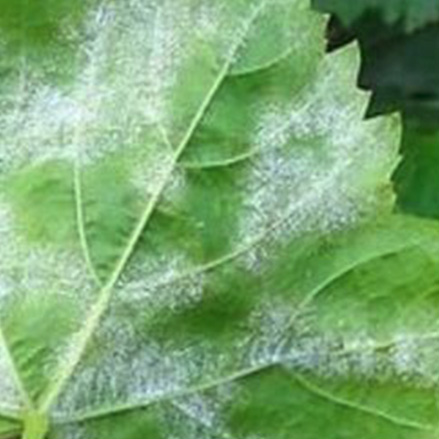
Powdery Mildew on Grapes
The powdery mildew fungus can infect all green tissues of the vine. Small, white or grayish-white patches of fungal growth appear on the upper or lower leaf surface. These patches usually enlarge until the entire upper leaf surface has a powdery, white to gray coating. Infections around time of flowering or shortly after cause the most damage to grapes. Powdery mildew can result in reduced vine growth, yield, fruit quality, and winter hardiness.
Treat with EnSpray 99®
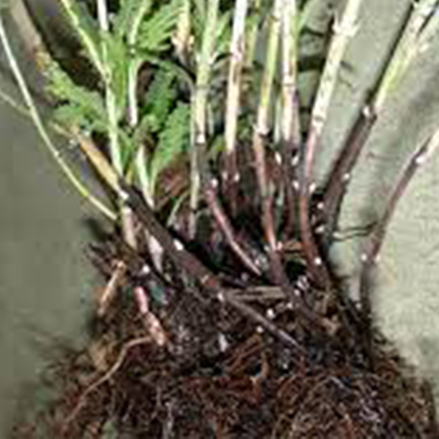
Phytophthora
A soil-borne pathogen that infects trees, woody plants, and even vegetables. Phytophthora species are soil-inhabiting pathogens that are favored by wet conditions. Although previously considered fungi, Phytophthora species are now considered to be in a separate classification called oomycetes. The most important factor in reducing the threat of Phytophthora rot is good water management. Avoid prolonged saturation of the soil or standing water around the base of plants.
Treat with Buxus Blight Fighter
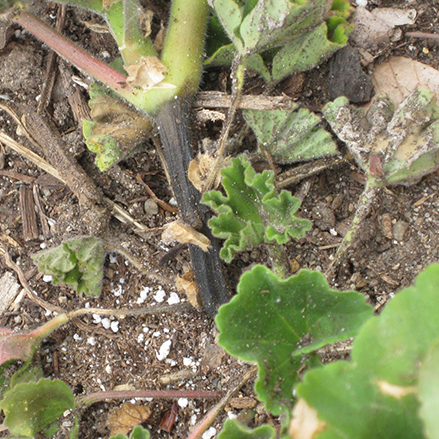
Pythium Root Rot
Pythium spp. are water moulds, present in most cultivated soils. They can survive in soil and plant debris for many years. They can attack all plant parts but generally immature tissue such as root tips. They rarely cause mortality in older plants. They can spread in irrigation water, contaminated soil, equipment and footwear. Spread can occur by moving infected plants. Some species can be aerially dispersed with dust. Symptoms appear virtually identical to many root diseases, including Phytophthora. Improve drainage of growing medium, do not overwater or apply excessive fertilizer.
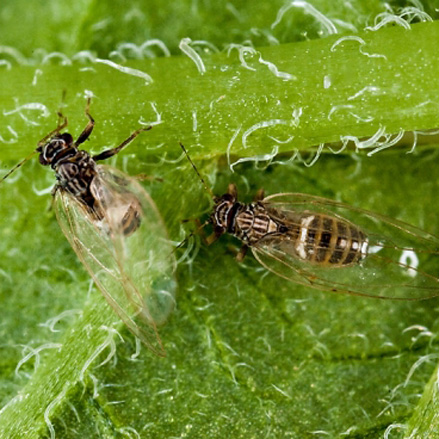
Psyllids
Psyllids cause injury to plants by feeding with piercing-sucking mouth parts. Both adults and nymphs cause injury. The nymphs inject a ‘salivary toxin’ into the plant while feeding. The signs and symptoms of psyllid include: Severe wilting, presence of honeydew secreted by nymphs, making the plants sticky and often appearing dirty, yellowing of leaf margins with upward curling of the leaves, retardation of new growth, no fruit production, or over-production of small fruit.
Treat with GroVentive® Garden
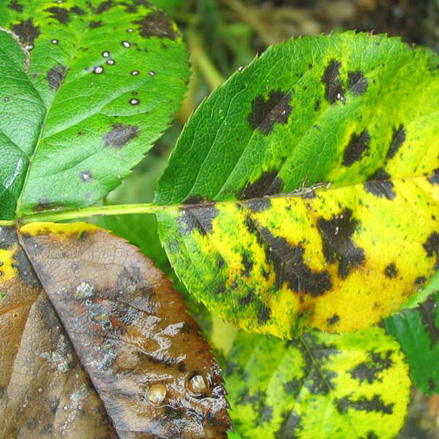
Rose Black Spot
Rose black spot is caused by fungus. Dark-brown to black leaf spots develop on the upper leaves, which eventually become yellow and drop. Black spot can be distinguished from other leaf spot diseases by its fringed edges and dark black colour. Raised, reddish-purple spots may also appear on rose canes. Warm, humid conditions favour its germination and growth. If left unchecked, it can cause a rose bush to totally defoliate.
Treat with FreeFlo Copper
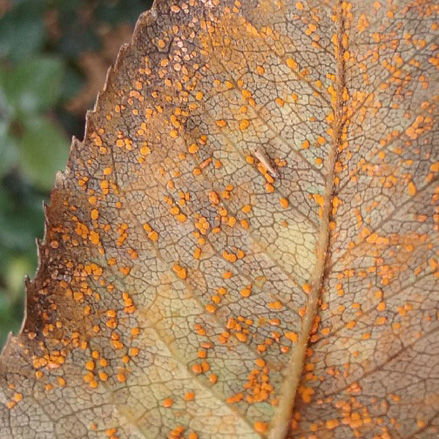
Rust
Common rust is a fungal disease that attacks roses, ornimentals and lawns. It is most often found on mature plants where symptoms appear primarily on the surfaces of lower leaves. Severe infestations will deform and yellow leaves and cause leaf drop. Black spores are visible on leaves and stems in fall and overwinter inside infected stems which are distinguished by dark, corky blotches at points of infection. The spores are spread by wind or by water splashing back up onto the foliage.
Treat with FreeFlo Copper

Scale
Sap-sucking pests attach themselves to the twigs, leaves, branches and fruits of host plants. Scale-damaged plants look withered and sickly. Leaves turn yellow and may drop from the plant. They may also have sticky sap or a black fungus on the leaves and stems. Heavily infested plants produce little new growth. If scale insects are not controlled, death of infested plants is possible. Scale insects are invasive and will infest other plants, so move infested plants away from healthy ones.
Treat with GroVentive® Garden and/or EnSpray 99® Spraying Oil, BioNeem®
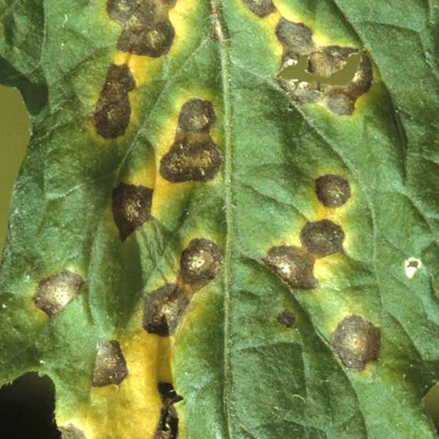
Septoria Spot
The disease attacks leaves, stems and fruits. Brown spots up to 2 mm with minute, black dots (fruiting bodies containing fungal spores) develop on leaf surface. Infected leaves fall readily leading to defoliation of vines. Similar spots may form on the stems. On fruits light-brown spots studded with minute black dots may form. The spots often join up to cover large areas of the fruit. Affected fruits ripen unevenly. Spores produced by black dots (fruiting bodies) are blown to adjacent vines during wet, windy weather thus further spreading the disease. The disease is spread by rain, dew and overhead irrigation. Warm moist weather favours disease development.
Treat with FreeFlo Copper
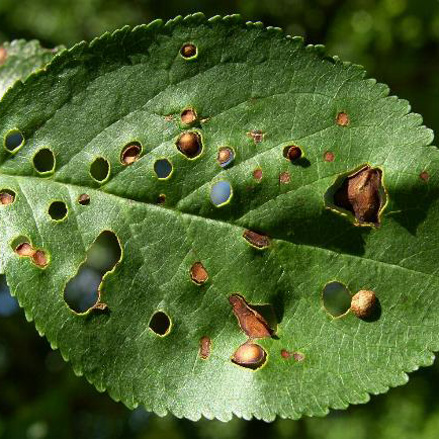
Shothole
Small and more-or-less rounded holes are a result of plant disease infections, especially fungal leaf spots and bacterial canker. The latter attacks members of the Prunus family – such as cherries and plums, both edible and ornamental. The disease causes the part of the leaf that is affected to turn brown and die. This dead portion then falls out of the leaf leaving behind the hole. Improving the plant’s growing conditions, will reduce stress and make the plant stronger and less likely to be attacked.
Treat with FreeFlo Copper
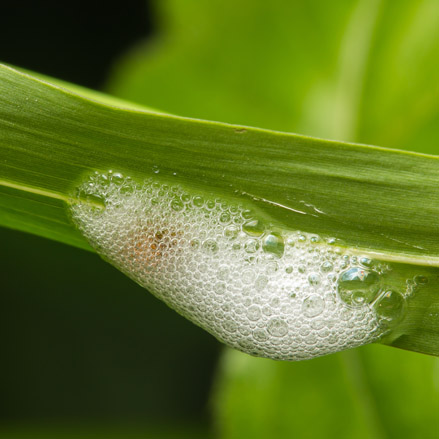
Spittlebugs
Spittlebugs are known for the frothy spittle mass they produce while feeding on plants. Spittlebug nymphs pierce the plant stems and suck plant juices. In most cases, especially on annuals and perennials, spittlebug feeding is not damaging to plants. If too many spittlebugs are present, feeding can cause leaves to lose their shape.
Treat with GroVentive® Garden
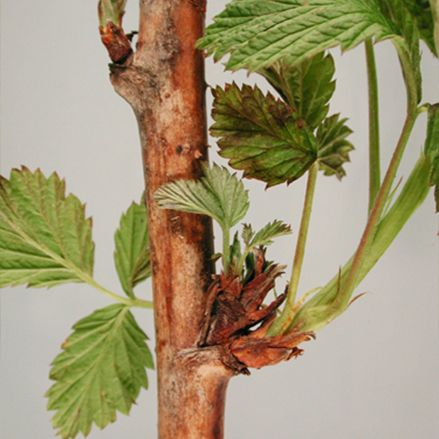
Spur Blight
Spur blight is a fungal disease caused by the fungus Didymella applanata, that attacks the leaves and canes of raspberry plants. Spur blight in cane and bush fruits can reduce your raspberry harvest. Spur blight infects both the leaves and the canes. Leaves are usually the first part of the plants to show spur blight symptoms. The outer edges turn yellow, then the leaves die. On canes, the first signs of spur blight are dark, indistinct spots, either brown or purple, just below the point where a leaf attaches to the cane. The spots become lesions that grow quickly and can circle the entire cane. The buds next to the spots do not sprout in the spring.
Treat with FreeFlo Copper

Thrips
Extremely active, thrips feed in large groups. They leap or fly away when disturbed. Thrips damage plants by sucking their juices. Plant leaves may turn pale, splotchy, and silvery, then die. Injured plants are twisted, discoloured and scarred.
Treat with GroVentive® Garden and/or EnSpray 99® Spraying Oil, BioNeem®
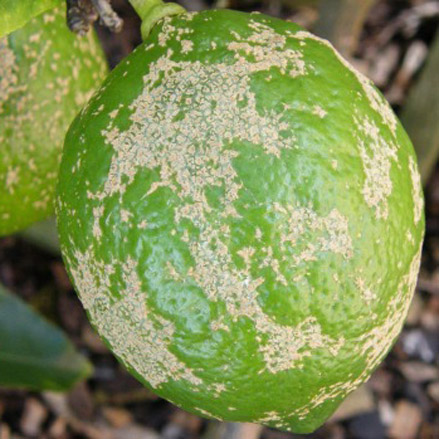
Verricosis
A fungal disease which leaves scabby marks on the skin is likely to be verrucosis or citrus scab, which can affect all citrus fruit. It looks unsightly but the quality of the fruit inside is not affected. The disease doesn’t cause major problems however, it should still be treated as it negatively affects the health and vigour of the tree, making trees more susceptible to other problems.
Treat with FreeFlo Copper
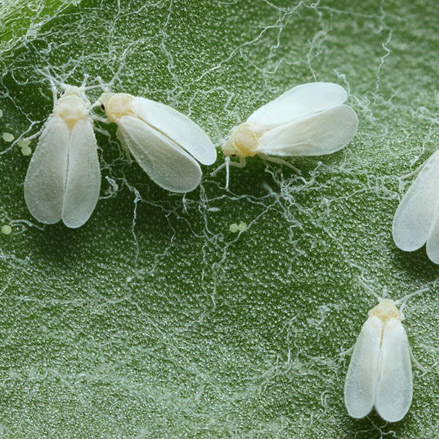
Whitefly
Whitefly is a sap-sucking insect that is often found in thick crowds on the undersides of leaves. Both nymphs and adults damage plants by sucking the juices from new growth causing stunted growth, leaf yellowing and reduced yields. Plants become weak and susceptible to disease. Like aphids, whiteflies secrete honeydew, so leaves maybe sticky or covered with a black sooty mould. They are also responsible for transmitting several plant viruses.
Treat with GroVentive® Garden and/or EnSpray 99® Spraying Oil, BioNeem®
